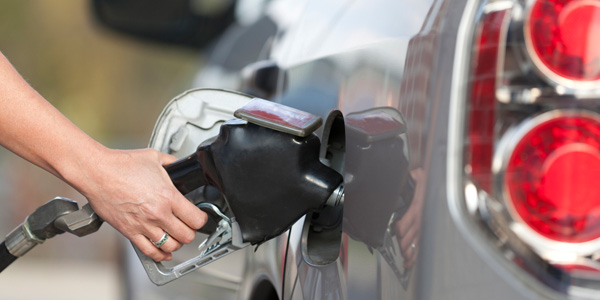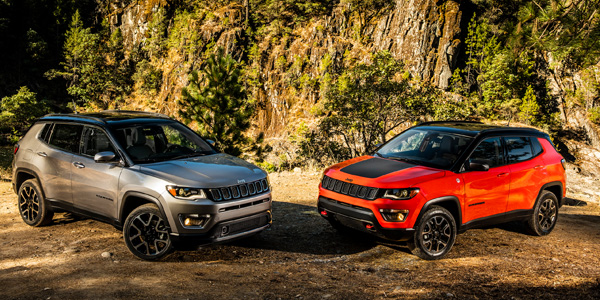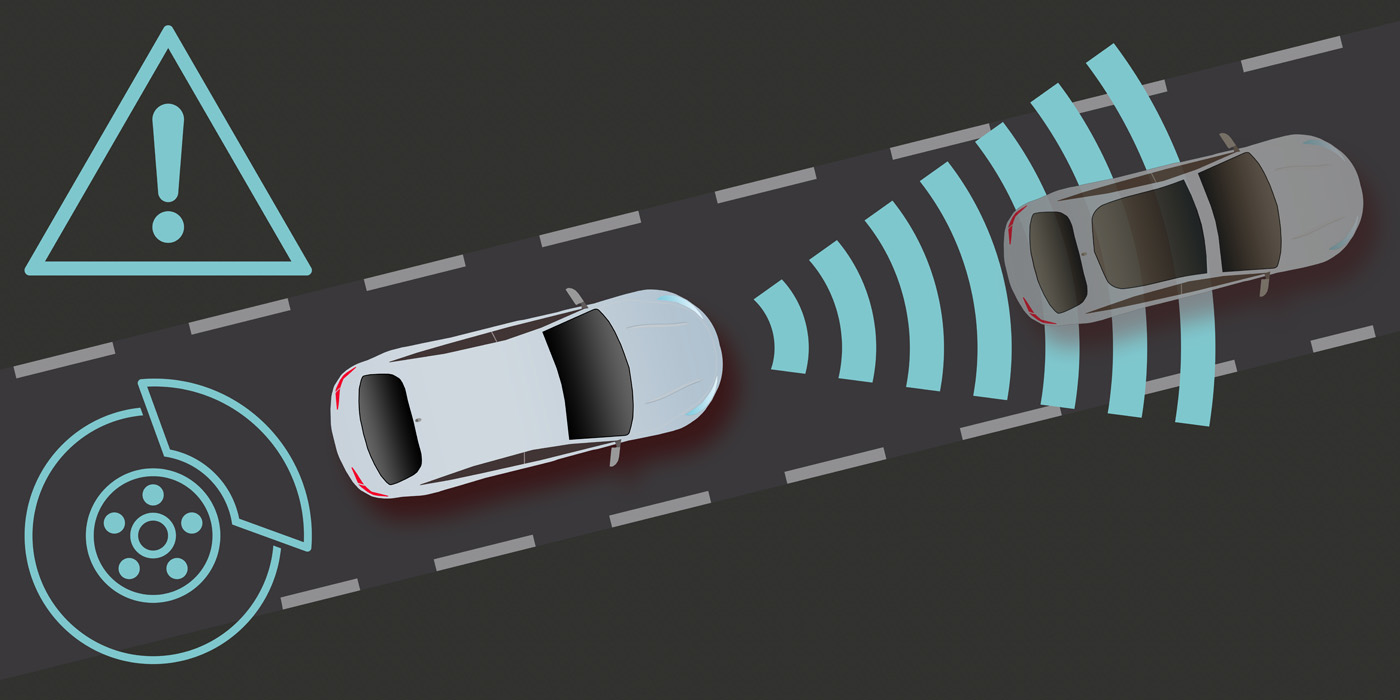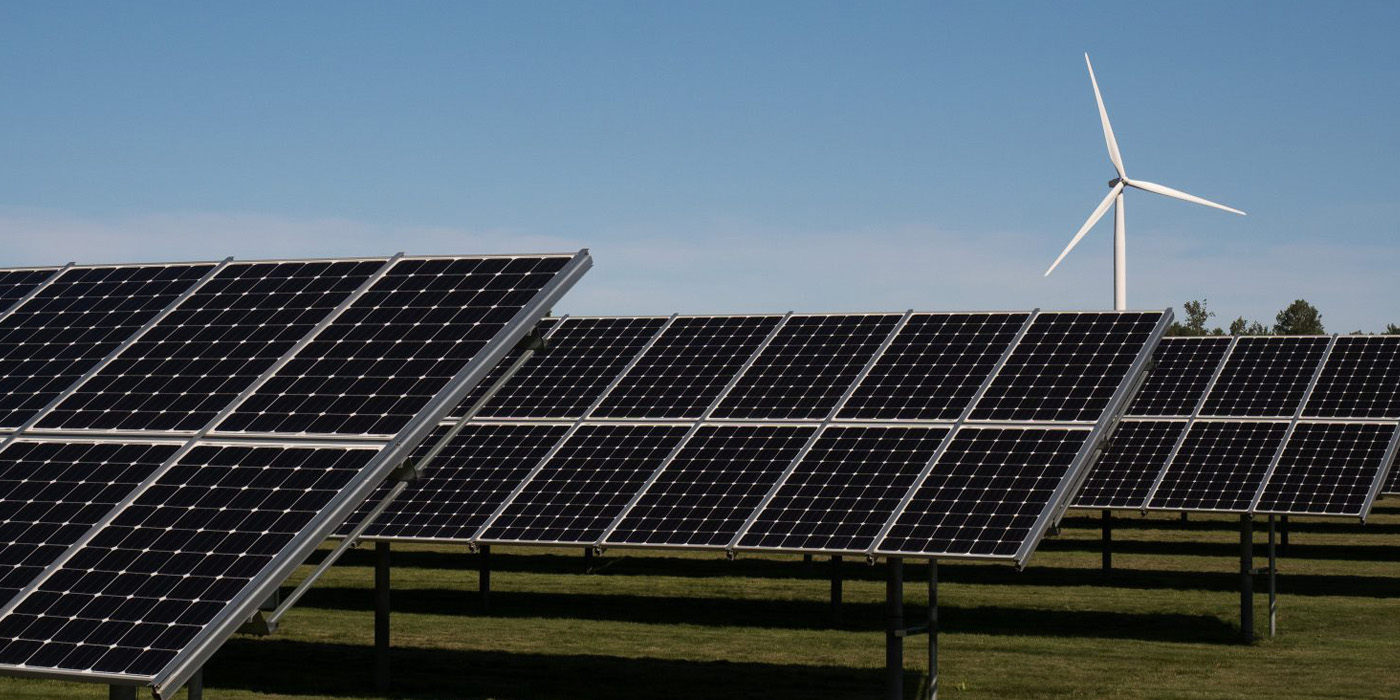
Following a three-year period of relative stability, U.S. gas prices reached their highest point in four years in May, with a gallon costing motorists an average of $2.90.
According to a new trend report from Edmunds, car shoppers aren’t letting these rising costs deter them from buying the cars they want – notably, trucks and SUVs.
“On the surface it may seem as though rising gas prices could be the catalyst to flip the market from SUVs back to passenger cars, like we saw in 2008,” said Jeremy Acevedo, Edmunds manager of industry analysis. “However, we’re in a much different climate than we were 10 years ago. The economic and market factors are so much stronger now that shoppers are likely to absorb these extra costs without changing their shopping habits immediately.”
Vehicle buyers aren’t likely to change their shopping habits when gas prices rise due to temporary issues such as natural disasters or short-term supply disruptions, especially when the rest of the economy is strong, the report finds.
Despite rising gas prices, 2018 shows major signs of economic strength across the board compared to 10 years ago: Unemployment is down to 4.1 percent compared to 7.2 percent; delinquency rates are down to 2.5 percent compared to 5.6 percent; and consumer confidence is at an all-time high of 99.7 compared to 60.1.
On top of that, vehicles are more fuel-efficient than ever – the average compact crossover SUV now gets 27 miles per gallon (mpg) combined compared to 24 mpg a decade ago.
However, when gas prices rise due to a combination of economic factors such as unemployment, loan delinquency and a reduction in consumer confidence, car shoppers start second-guessing putting a new SUV in the garage, according to the report.

The Edmunds report also concludes that incremental monthly costs associated with the gas-price spike are relatively minor.
“Shoppers tend to get tunnel vision when it comes to gas prices, but the reality is that today’s rising fuel costs shouldn’t put too big of a dent in consumer wallets,” Edmunds explained in a news release. “Assuming 1,000 miles driven per month, the owner of a vehicle that gets 25 mpg will see their monthly fuel costs rise by $20 per month for every 50-cent-per-gallon increase in gas prices. This means that driver is now paying about $120 per month for fuel, compared to $100 in January.”
Rising gas prices will affect various regions of the country in different ways, but the owners in states that should be most concerned largely aren’t, and the owners who may not be as impacted are showing signs of anxiety, the Edmunds report finds.
According to Google Trends, residents of Midwest states – namely Indiana, Michigan and Ohio – are over-indexing on searches for “gas prices” compared to the rest of the country. In fact, these states had the second-lowest gas-price average in the nation at $2.80 per gallon in May, and do not have the highest concentration of trucks and SUVs on the road. Edmunds analysts attribute this to the fact that shoppers in the Midwest have more recently and more aggressively made the switch from passenger cars to trucks and SUVs, making them more sensitive to the higher cost of fueling these less-efficient vehicles. So far this year, 56 percent of vehicles sold in Michigan were SUVs, a jump of 49 percent compared to five years ago.
$4 Gas Is The Breaking Point
One of the more interesting conclusions in the Edmunds report is that shifts in consumer preferences start at $3.60 per gallon, but $4 is the breaking point.
Edmunds forecasts subtle shifts in consumer preferences would start to occur should gas prices rise to and stay around $3.60 for a sustained amount of time. While this increase wouldn’t be enough for buyers to abandon SUVs completely, they would show more interest in and likely prefer to purchase a more efficient option, make concessions in size for the sake of efficiency, or begin to consider green cars.
But once gas prices hit – and stay at – $4 per gallon, Edmunds experts say that will be the tipping point for car buyers to break their addiction to big vehicles and start moving toward passenger cars and alternative-fuel vehicles en masse.
“Acclimation to higher fuel prices and efficiency gains across the industry have helped reinforce shopper decisions to stick with relatively less fuel-efficient vehicles,” Acevedo said. “However, this complacency doesn’t mean that the SUV boom will last forever. While strides have been made in the last decade in SUV efficiency, this isn’t the only factor in consumer purchasing decisions. When gas is cheaper, compact SUVs are a perfect substitute for cars; but when gas is expensive, they are not. The good news is that prices aren’t expected to reach breaking-point territory anytime soon, so it appears the automakers’ bets on SUVs are safe ones – for now.”
To read the full report, visit the Edmunds Industry Center.







